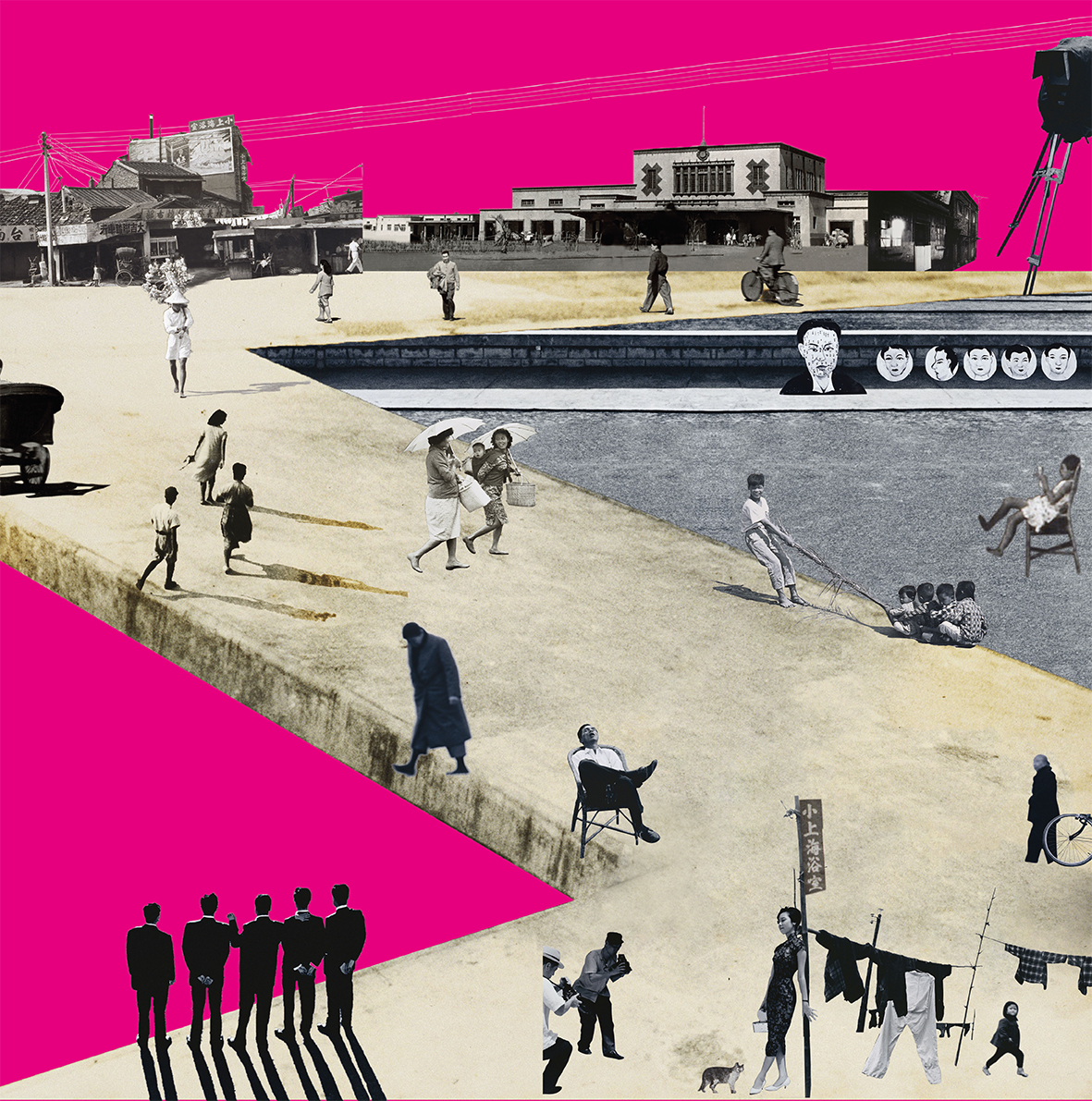美術館作為一個界定藝術歷史價值與規則的場所,它自身形成象徵或符碼,館體與它的內部運作,整體結構出一個與館外社會現實區隔的脈絡;進了美術館的物件,代表具有崇高的藝術價值,它是美術館之外的真實世界的再現,而無法再為真實自身;典藏品則是這些價值的指涉物。
美術館作為博物館的一支,旨在保存人類文化遺產,同時進行詮釋與運用。但是社會改變了,藝術進入當代的情境亦正經歷巨大的質變;亞瑟丹托(Arthur Danto)提出藝術史終結的觀點,不是論述藝術的終結,而是主張藝術創新不再是形式創新。在這個時代,由於知識爆炸和對其生產形式的反思,史學所註記的風格論述面對前所未有的挑戰。藝術的提問,不再是有關它的形式原創性或獨特性問題,而是針對決定藝術價值的整體結構進行全面性的檢視與反省。因此,當代藝術的關鍵技術不再是創造獨一無二的「靈光」,而是大量引用「引述」、「挪用」和「重構」的技術,引經據典地將藝術置入一個全新的脈絡,刺激觀者重新找到探詢「藝術」的立基點,提供了一個鬆動藝術「神秘光環」的契機,不只關注它的生產,更力圖掀開它如何被生產的機制。
當美術館載入了藝術生產的全新程式,亦即由藝術形式的創新,轉向閱讀脈絡的質問與抽換,其自身首當其衝得要面對藝術詮釋法則的轉向,開始嘗試引入「獨立策展」(independent curating)的觀點和重新組構事物關係的思維模式,以產生可行的「後設」觀看。當過往藝術家是為其物件生產的創造者,「策展人」或許有機會可以擺脫歷史書寫的角色,以「藝術家」之姿重新創造藝術詮釋的脈絡,作為一種當代藝術的生產模式。但是這個取徑不竟然如此單純,美術館館長是否仍然如傳統美術館僅以史學或典藏守門人的身分自居,抑或是可以更寬廣的文化中介者的角色自詡?「館長」、「藝術家」、「獨立策展人」三者之間盤根錯節的權力關係和重新協商的遊戲法則,均已是一所承繼歷史榮光、面對當代價值變動,重新思辨與再出發的現當代美術館需要面對的挑戰與任務。
台北市立美術館作為台灣第一座現代美術館,亦為回應當代藝術的提問,當然無法自外。2016年展開的典藏實驗展,企圖重新梳理脈絡與建立新的關係網絡,在典藏物件的邀約和檔案重新開啟的過程,如一個開封解碼過程,新的編碼陳述著獨特的個人印記、召喚自身與觀者的記憶,或是擔任助成歷史物件重返當代社會意義網絡的媒介。「再作者」擺弄著邀約舞姿,進行對「原作」或「原作者」的召喚,展開一個重想、再述的旅程。展覽整體制定的遊戲規則是透過館長的導演,期許藝術專業生產和中介者將典藏品自身或其符號擺盪於館牆內外,藉著導入不可預期的社會因子,形成殊異的閱讀迴圈,可以懸置或鬆動慣常的意義生產結構。展覽策劃分別由具有藝術家、策展人、建築師三種不同的身分實踐,透過與館內資深策展和典藏研究者的協商,形成三種差異的觀看角度,產生三組相異的解碼方式,折射出多種舞弄藏品符號和收藏體制的多樣形態,創造出邀請觀眾參與、觀看、遐想、敘述、思辨、質問的平台與空間。典藏檔案的重訪,如同西元前六世紀赫拉克利圖斯(Heraclitus)的隱喻:無人能夠涉入同一條河流兩次,因為那不是同樣的河水,而他也不再是同一個人。(No man ever steps in the same river twice, for it’s not the same river and he’s not the same man.)典藏的物質存在最終無法永恆,經典邂逅的珍貴經驗也始終是個浪漫的想像。(文 /林平,台北市立美術館館長)
舞弄珍藏:召喚/重想/再述的實驗室
Dance with the Museum Collection:
Retrieved, Reimagined, Restated
時間 Date| 2016.5.28 – 2016.10.02
地點 Venue | 台北市立美術館 | Taipei Fine Arts Museum
總策展人:林平
客座策展人:郭昭蘭、朱盈樺、蕭有志
更多訊息 More Info
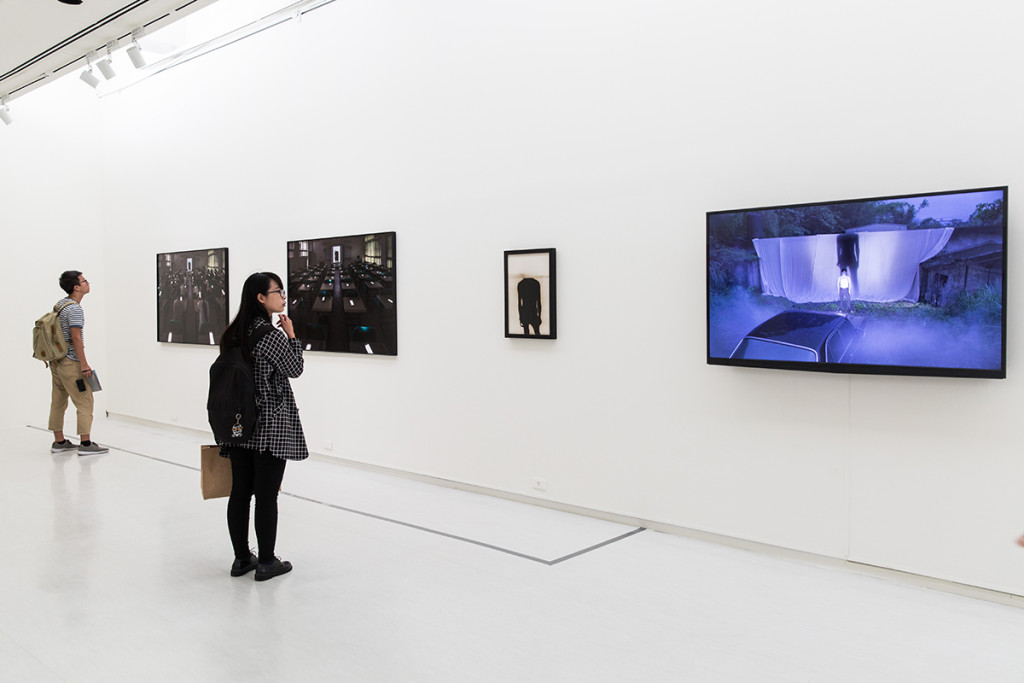
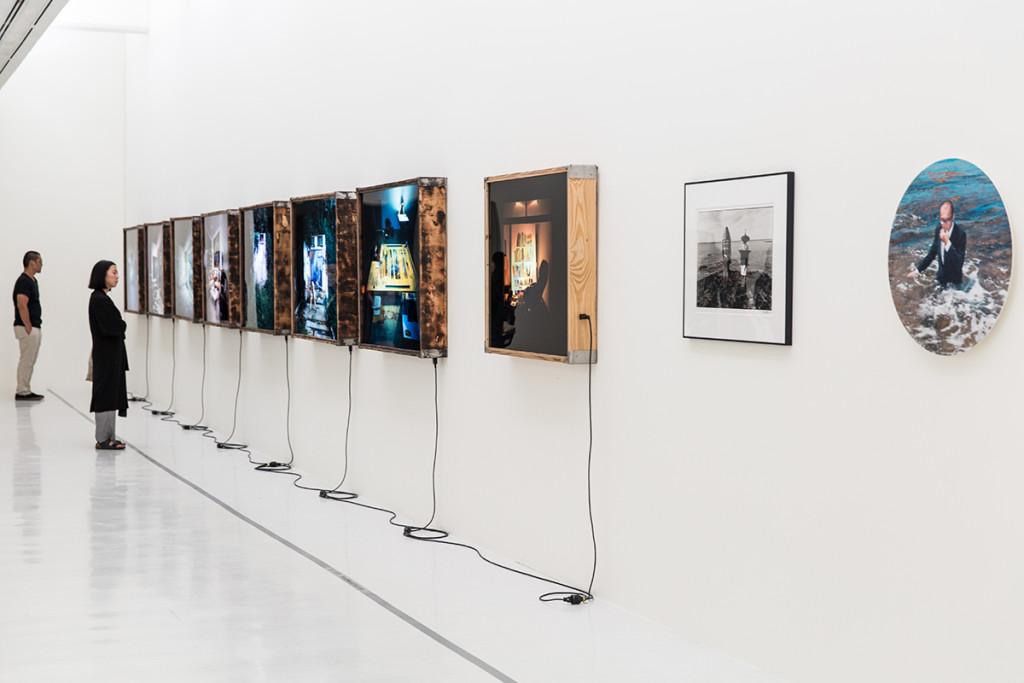
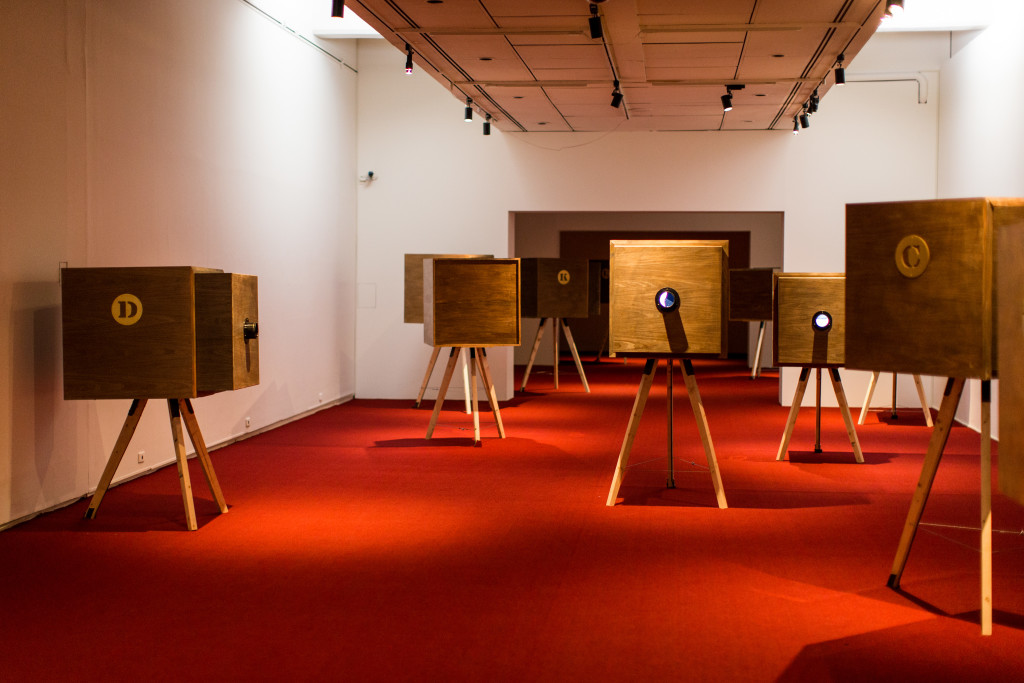
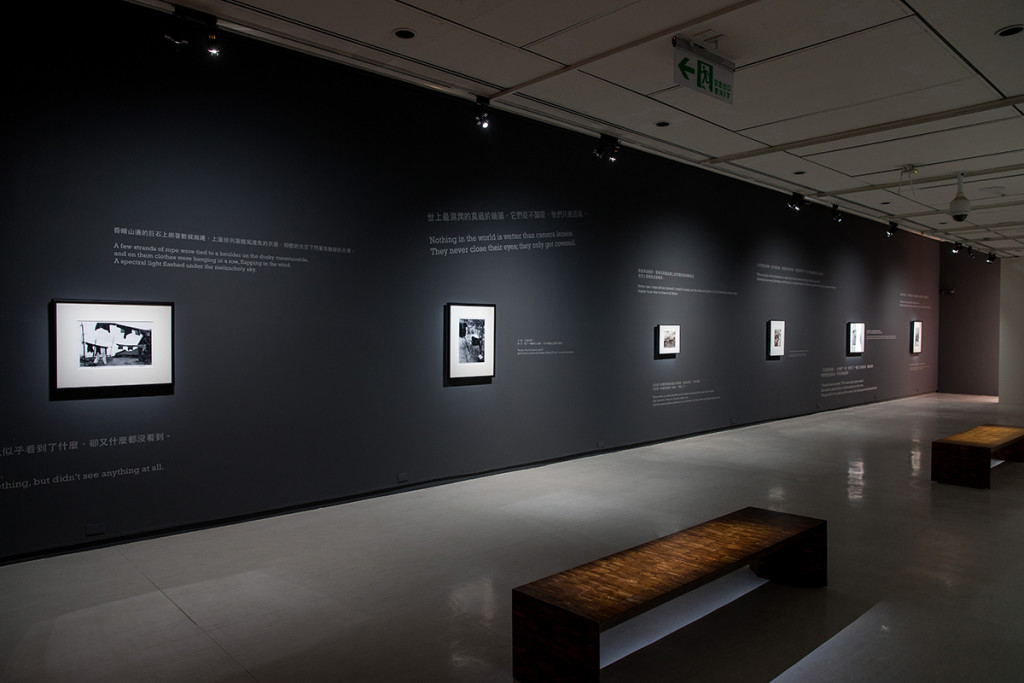
As a site for delineating the historical values and rules of art, the art museum itself, including its building, functions and the operation, comprises a symbol and a code. Thus, the museum and its internal mechanisms as a whole comprise a special context apart from the realities of society outside the museum’s walls. Once an object enters the museum context, it represents a lofty artistic value. It is a representation of the real world outside the museum, but it can no longer be realness itself. Works in the museum’s collection are the referents to these values. An art museum preserves humanity’s cultural legacy, while also interpreting and utilizing it. But the world has changed. And after entering the contemporary milieu, art too has gone through a giant qualitative transformation. When Arthur Danto theorized the end of art, he was not suggesting that humanity had stopped making art, but rather that artistic innovation was no longer innovation of form. In this age, because of the knowledge explosion and the questioning of its forms of production, stylistic discourse noted in art history faces an unprecedented challenge. The question of art is no longer related to the question of the originality or uniqueness of its form, but is rather a comprehensive examination and reflection of the overall structure that determines art’s value. Therefore, the modus operandi of contemporary art is no longer to create a unique “numinous aura” but rather, through the frequent use of quotations, appropriations, reconstructions and classical allusions, to place art within a new context, to stimulate the viewer to find a new standpoint from which to inquire what “art” is, and to offer a chance to dissolve the “aura of mystery” surrounding art, not only focusing concerns on its production, but also seeking to unveil the mechanism by which it was produced.
Given that the art museum nowadays has downloaded a completely new program for artistic production – namely, a turn from the innovation in art form in favor of questioning and interchanging the contexts in which it is read – its first and most urgent imperative is to address the shift in the rules of artistic interpretation, and begin to attempt to introduce the alternative perspectives of independent curating and new modes of thinking in reconstructing relationships between the objects presented, in order to generate a viable “meta” view. In the past the artist was a creator engaged in the production of art objects, yet the “curator” now perhaps has the chance to free himself from the role of historical chronicler, adopting the posture of “artist” in order to reconstruct the context of artistic interpretation as a model of contemporary art production. But such an undertaking is not so simple. Can an art museum director still regard herself only in the traditional capacity of historian and gatekeeper of the museum collection, or is it possible to claim a broader role as cultural mediator? The intertwined trilateral power relationship among museum director, artist, and independent curator, and the renegotiation of the rules of the game are the challenges and the mission that the contemporary / modern art museum must face as it carries on the glorious legacy of history, confronts the changes in contemporary values, reconsiders, and begins afresh.
As Taiwan’s first museum of modern art, Taipei Fine Arts Museum is duty-bound to respond to the great questions of contemporary art. The experimental exhibition from the museum collection on which we embark in 2016 is an attempt to reorder context and build a new network of relationships. The process of re-engaging collections and reactivating archives is much like the process of decryption – producing a new code that states unique personal imprints, retrieves our own and the viewer’s memories, or simply serves as a medium facilitating the return of historical artifacts into the recognition system of contemporary society. The “re-author” plays with the dance poses of solicitation, engaging in the retrieval of the “original” or the “author,” and embark on a journey of reimagining and restatement. The game rules of the exhibition as a whole are that the museum director serves as film director making scenarios by inviting professional art producers and mediators to metaphorically swing the collection artifacts themselves or their symbols inside or outside the walls of the museum, and by introducing unpredictable social factors, the re-authors will form distinct feedback loops of interpretation and thus suspend or shake up the conventional structure of meaning making. The exhibition is co-curated from the three different identities and practices of an artist, a curator, and an architect, who, through negotiation with the museum exhibition/collection staff, have formed three divergent viewing angles and produced three distinct decoding methods. They form a reflection of a variety of signs dancing with the collections and a diversity of institutions that constitute the collection, creating a platform or space in which visitors are invited to participate, perceive, imagine, narrate, ponder, and question. Revisiting the collection archives is much like the aphorism of the 6th century BCE philosopher Heraclitus: “No man ever steps in the same river twice, for it’s not the same river and he’s not the same man.” The physical existence of the collection ultimately cannot be eternal, and the precious experience of a classic encounter is always a romantic flight of the imagination. (Text by Ping Lin, Chief Curator Director of Taipei Fine Arts Museum)
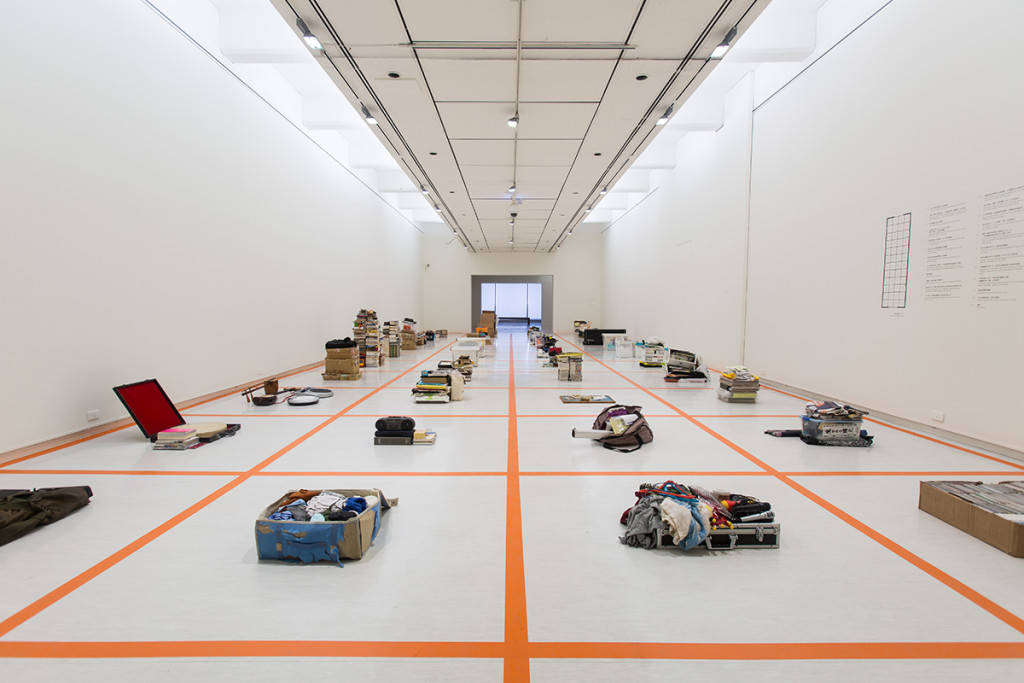
圖片|台北市立美術館提供

